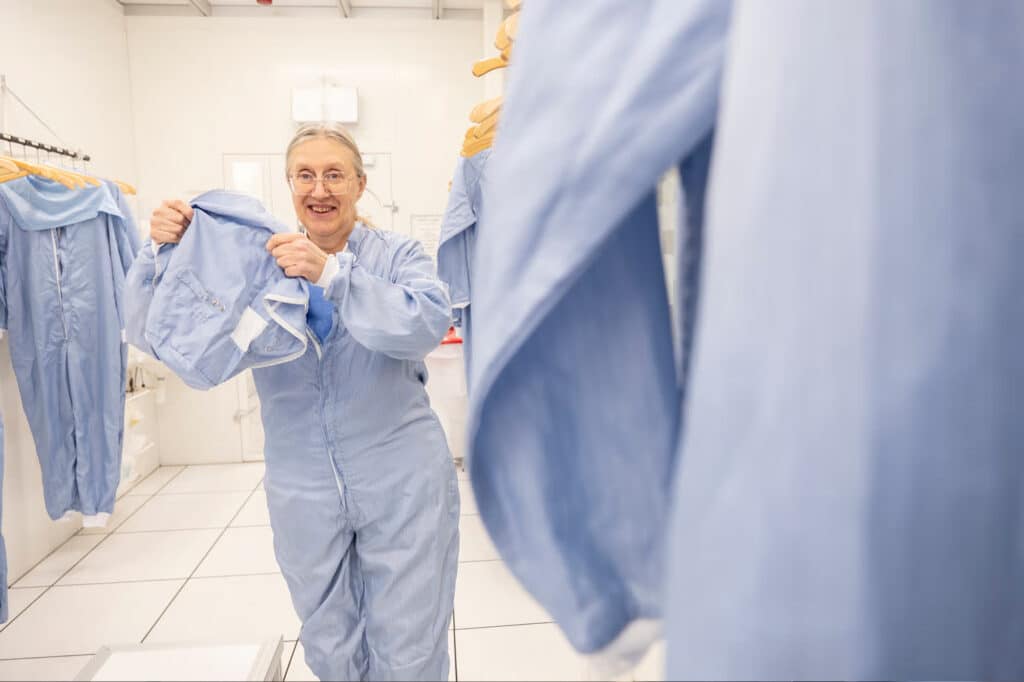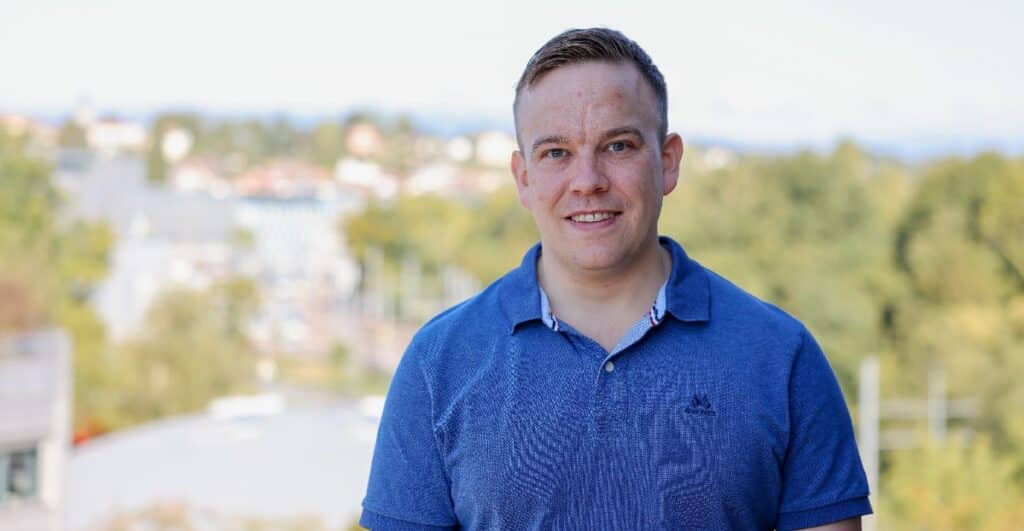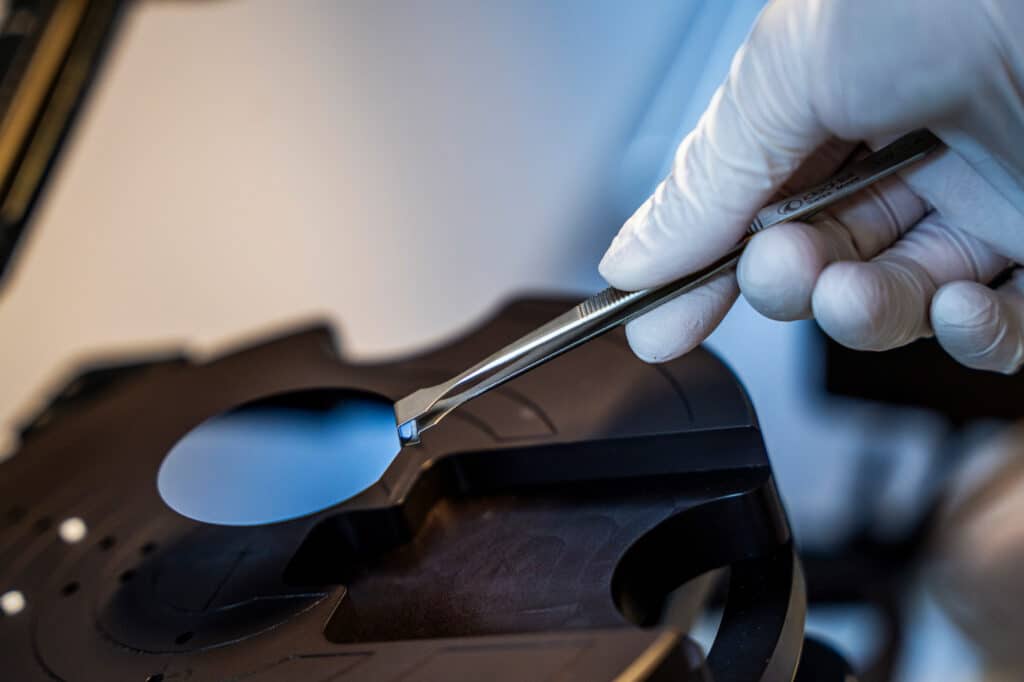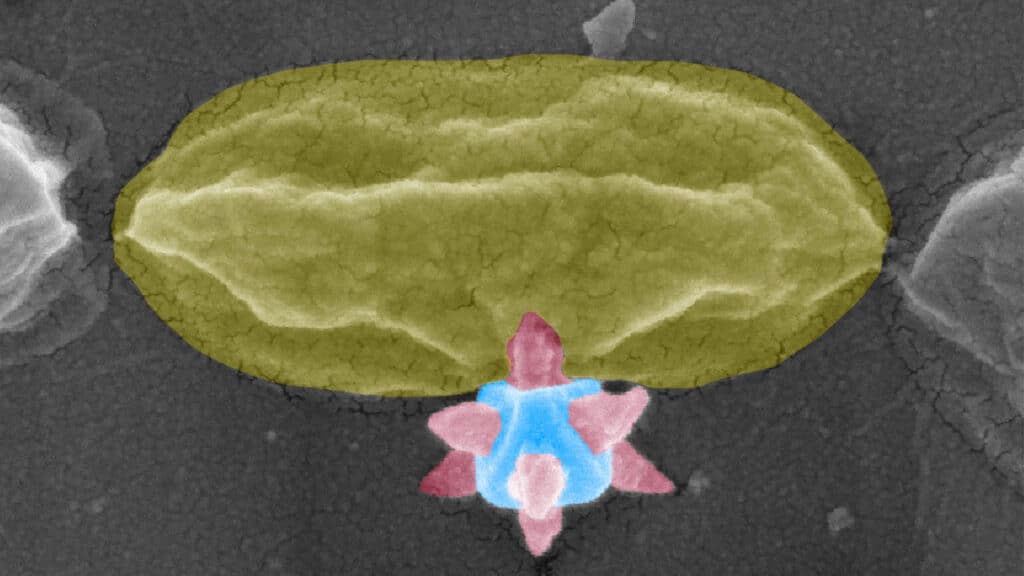An impressive number of actors from the industry attended WACQT’s workshop to learn more about how the center’s quantum research is now being put to concrete use in an increasing number of areas. “It is good for us to see all the work that is going on within WACQT and to be updated on the progress, but also to understand which use cases that others in the industry are working on and which could be relevant to us as well,” says Maria Stranne from SKF, one of many curious business representatives present.
Societal interest in the possibilities of quantum technology is increasing – a tendency quite noticeable at WACQT’s industry workshop, which took place at the end of March. The number of people registered for the workshop was undeniably high. Nearly 90 global actors from business and academia showed up at Kollektorn to learn more about how quantum technology is already being used by the center’s established industrial partners – and to gain insights into how the technology could develop their own operations.
The program also included updates on ongoing national quantum initiatives, such as the newly started WACQT testbed, by which Swedish companies and researchers can test both quantum algorithms and hardware.





